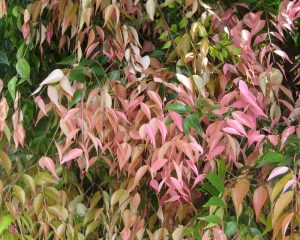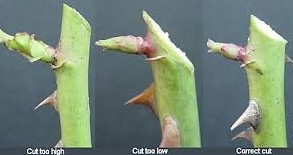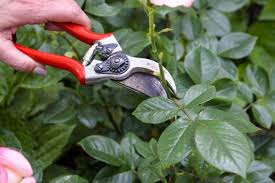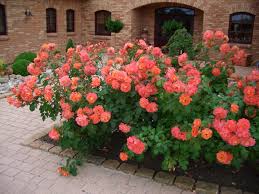Choosing The Best Equipment For Hedging
Giving your hedge the right size and shape you want it to have requires the use of the appropriate hedging tools and equipment. With the wide variety of gardening tools and equipment designed for the purpose of trimming and shaping a hedge, you will have difficulties selecting the best one to purchase.
Hedge Trimmer
A hedge trimmer is the perfect piece of gardening equipment you need to have well-maintained hedges. This gardening tool can save you time and prevent aching arms when you’re working on your hedges. In addition, using this piece of equipment will help you get a clean, neat and sharp finish to your hedge.
To make sure you invest in the right hedge trimmer, take note of the following tips:
- Consider the trimmer’s weight. Keep in mind that you will be using the trimmer for long periods of time, especially if you have hedges surrounding your house or yard. As such, make sure you select a hedge trimmer that’s not too heavy to hold and is well-balanced.
- Determine its primary use. Will you be doing a lot of heavy cutting or will you use the equipment to simply trim leaves? If you will be regularly cutting heavy, bulky branches, you will require a more powerful model. Models with wide teeth spacing are more suitable for heavy-duty hedging. Hedge trimmers with narrow teeth, on the other hand, are more suitable for trimming leaves and regular hedges.
- Consider the blade length you require. The right length of the blade to choose depends greatly on how much hedge you have to trim. Trimmers with large blades allow more hedging to be cut faster but they are heavier and more unwieldy than those with shorter ones. For extensive hedging, it is best to get a tool with a 75cm blade. For normal hedging, a trimmer with 35-60cm blade is usually sufficient.
- Factor in the trimmer’s vertical edging features. Vertical edging is easier if you use a trimmer with a rotating head. Also, if the trimmer has a wraparound front handle with multiple switches, you will have an easier time switching from cutting horizontally to vertically.
- Look for good safety features. In terms of safety features, a hand guard will help protect the user from debris coming from the trimming process. Also, a good safety feature to look for is a safety switch on both handles so that the trimmer won’t start or run unless both handles are gripped. This effectively keeps your hands out of harm’s way.
- Source of power. Cordless, battery-powered trimmers are easier and less stressful to use since you won’t need to worry about straying too far from the power source or constantly snagging cords on ladders or foliage. A trimmer that runs on batteries also operates on full power until they become empty. As such, you won’t have to worry about its efficiency running at less than 100% once it slowly powers down to empty.
Choosing the right trimmer can help you have an easier time improving and maintaining your hedges. Take the time to study the available products so that you can make the right decision when it’s time to buy.
For more garden and landscaping tips, tune in for more Jim’s Mowing NZ blogs.
















